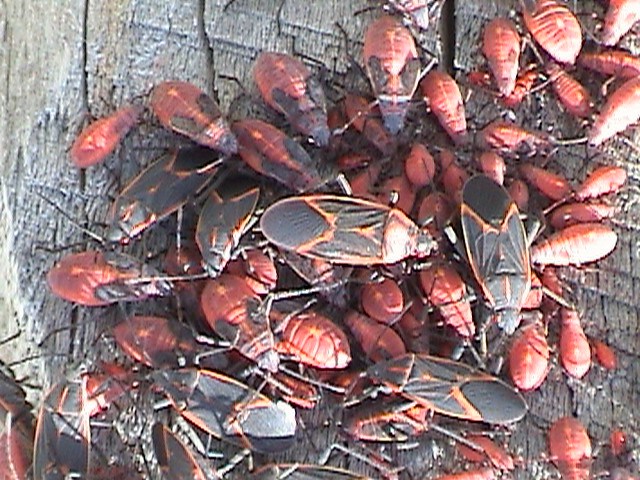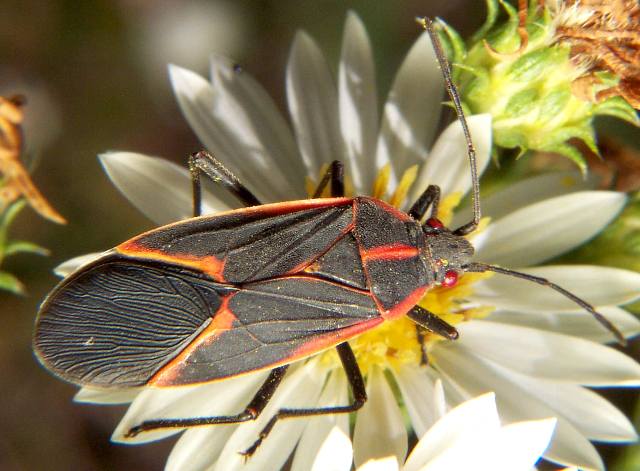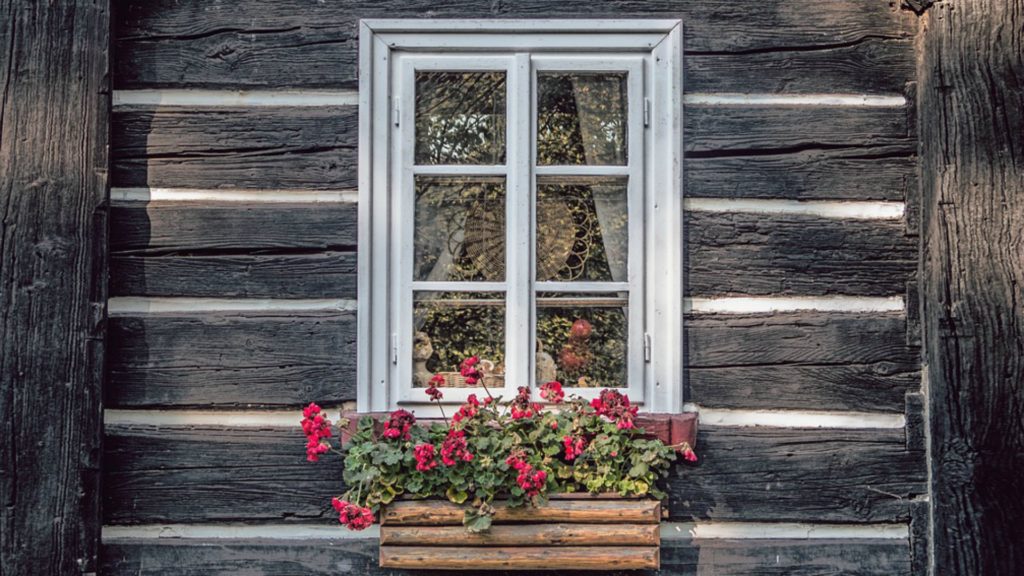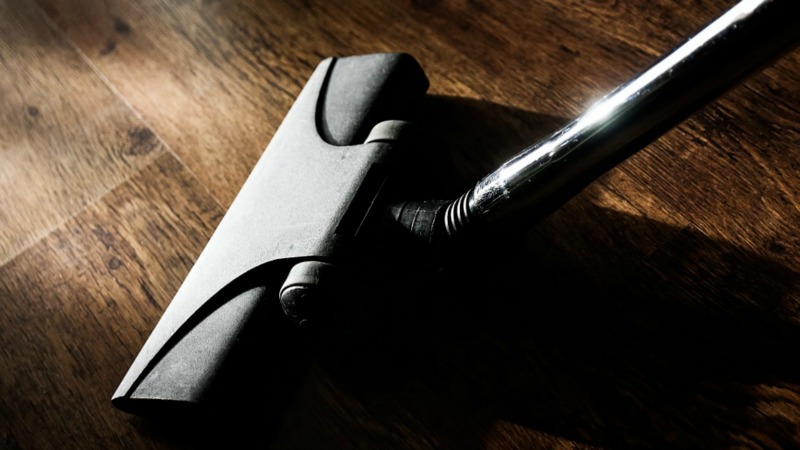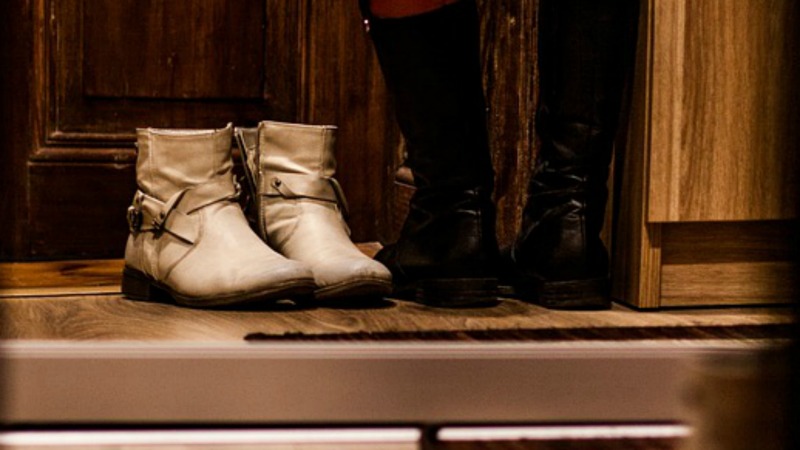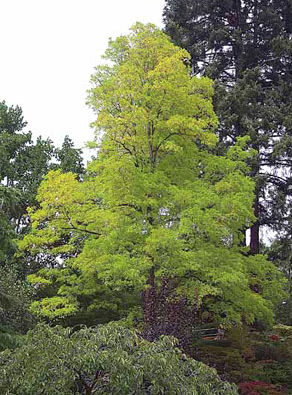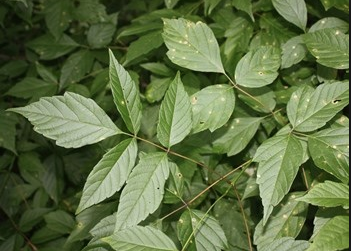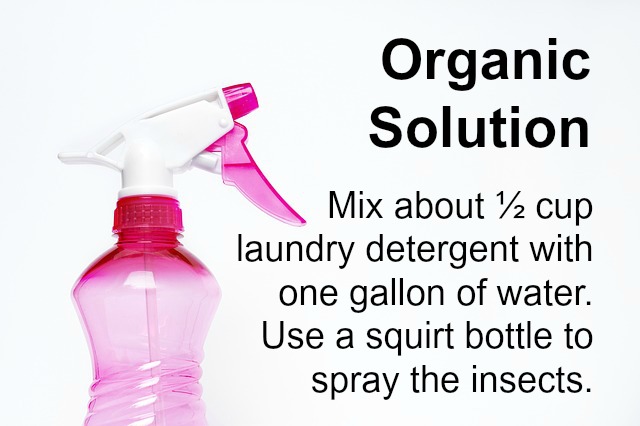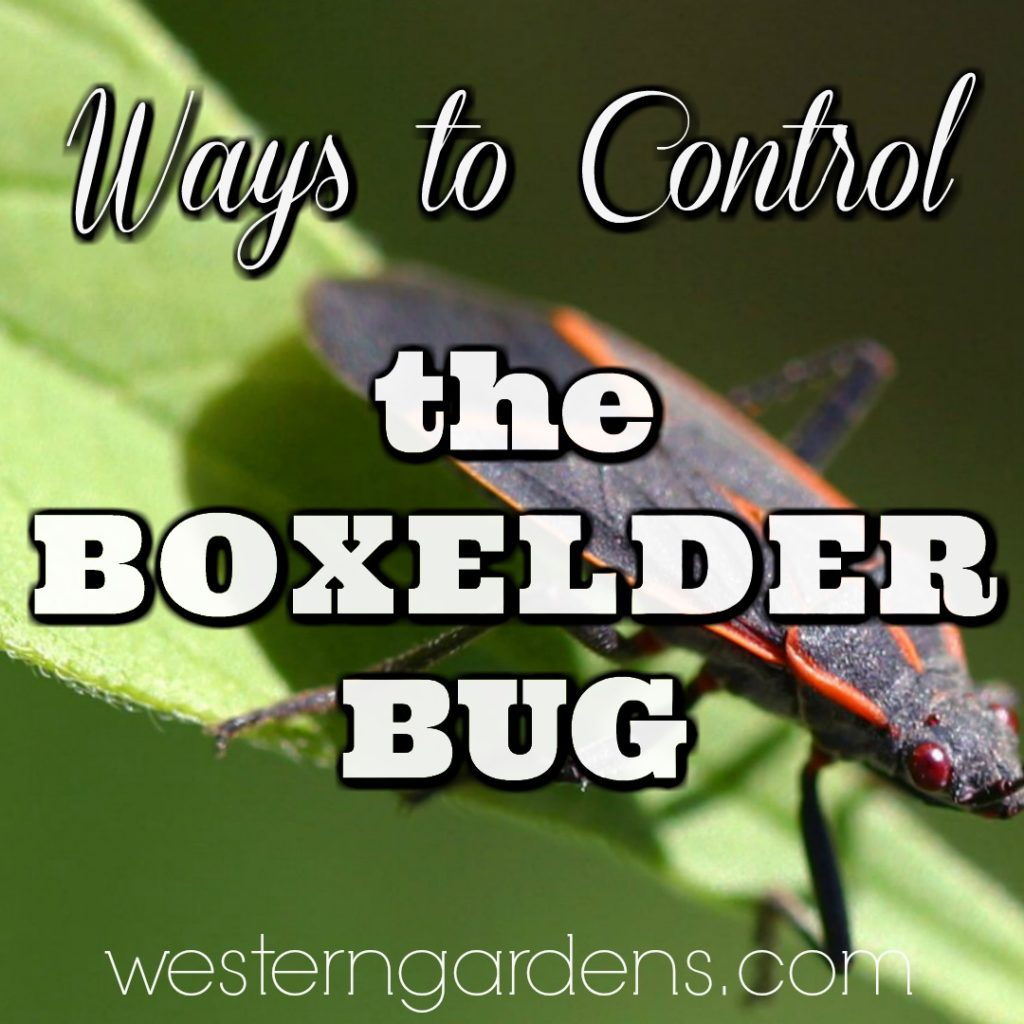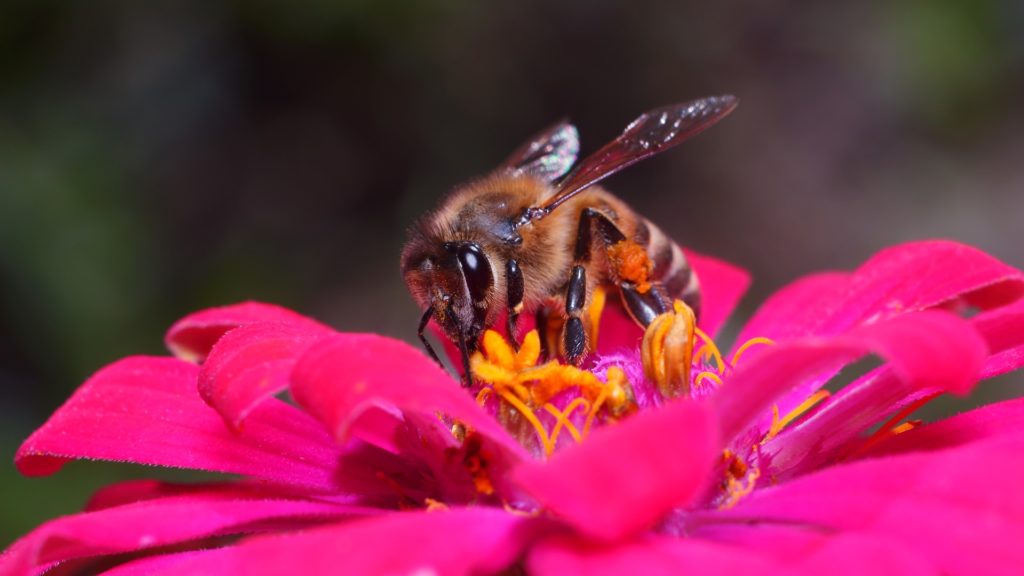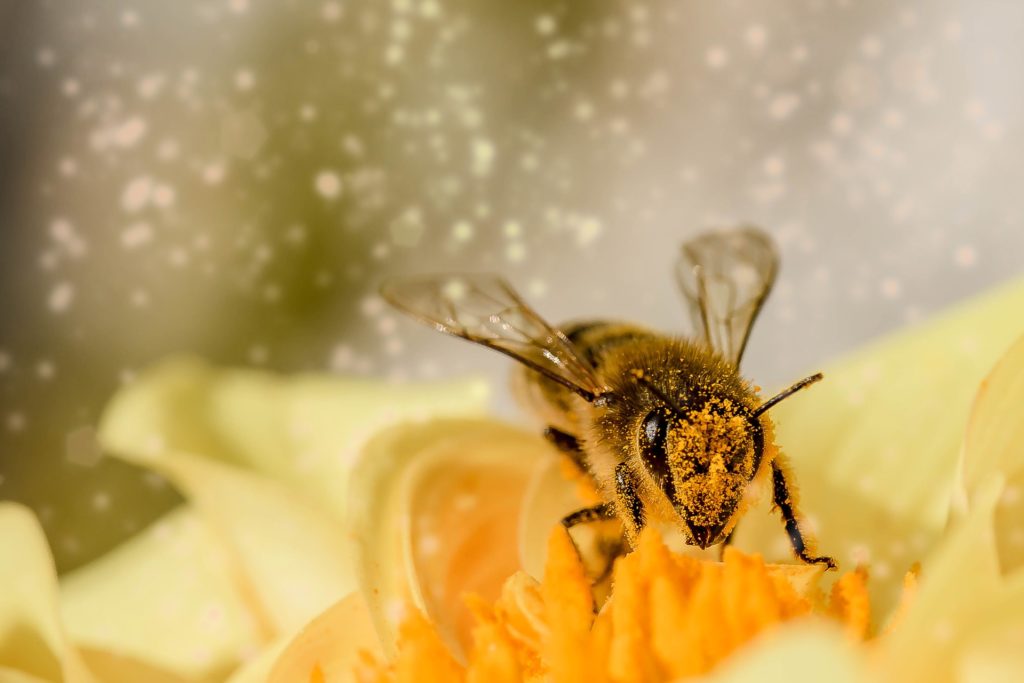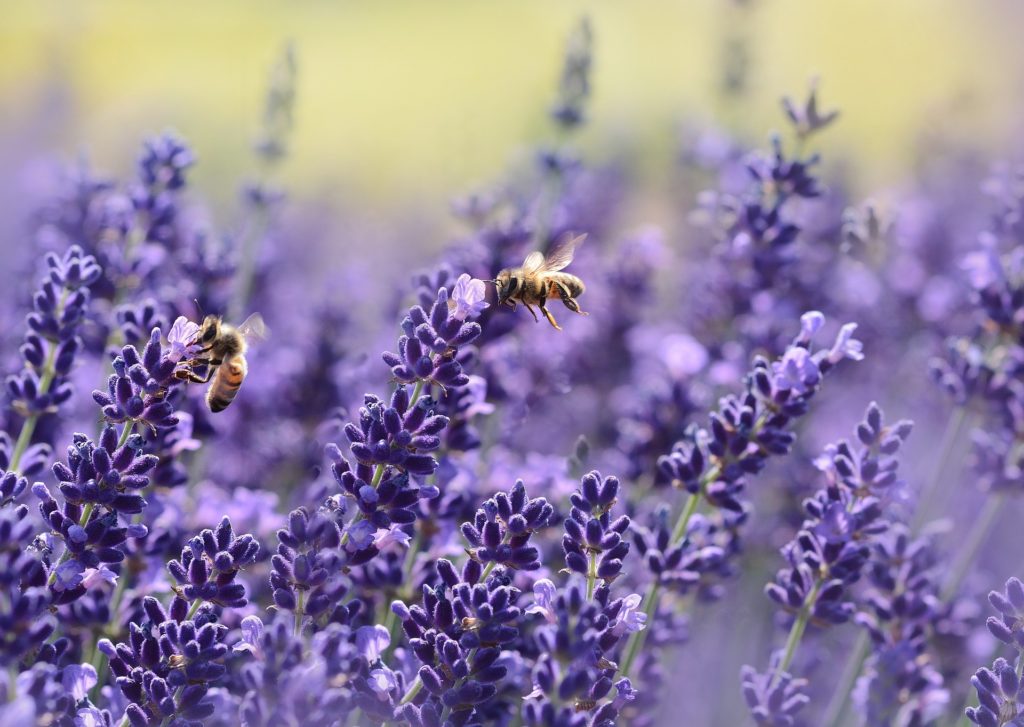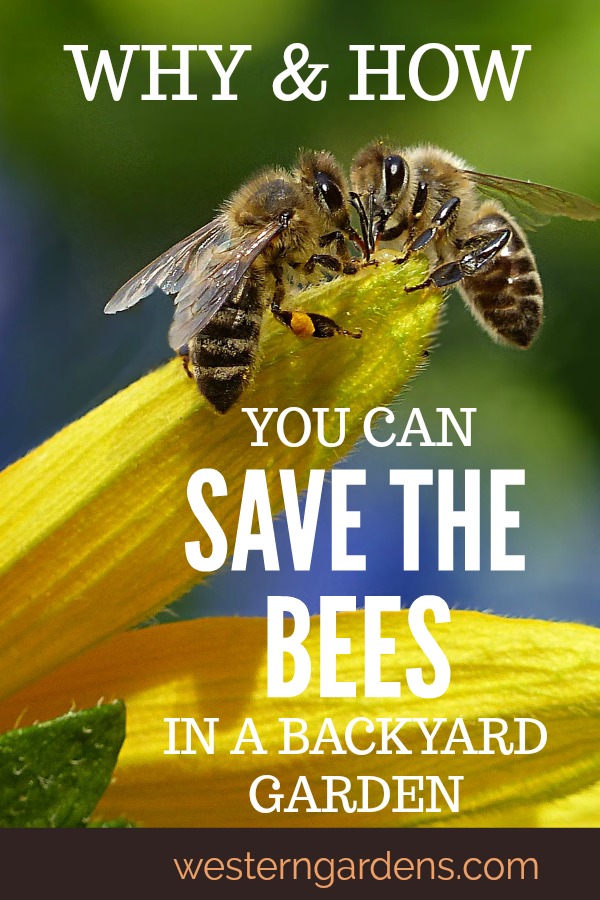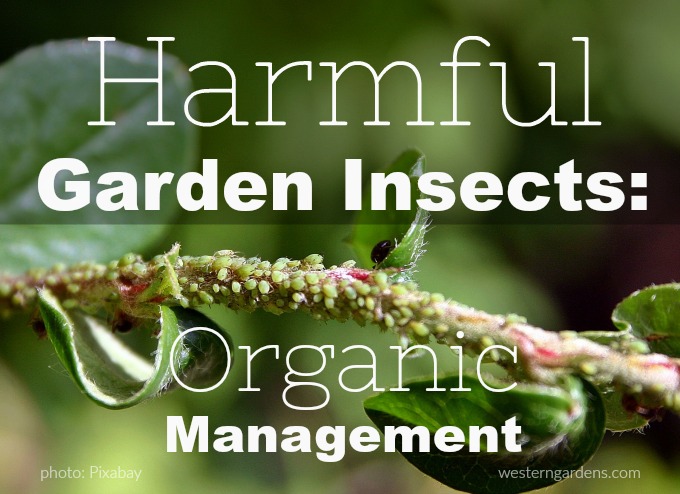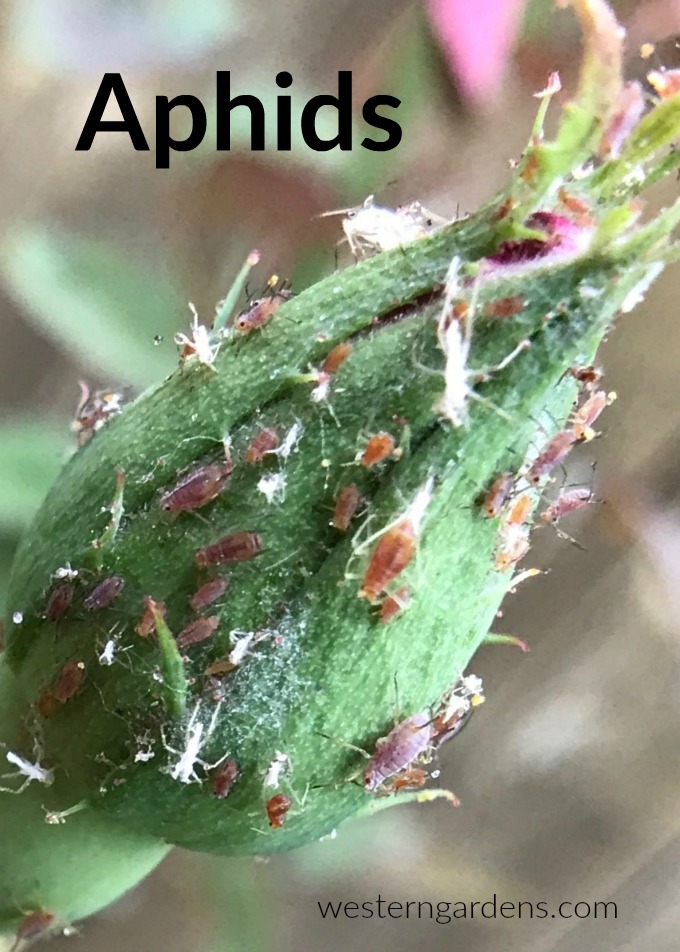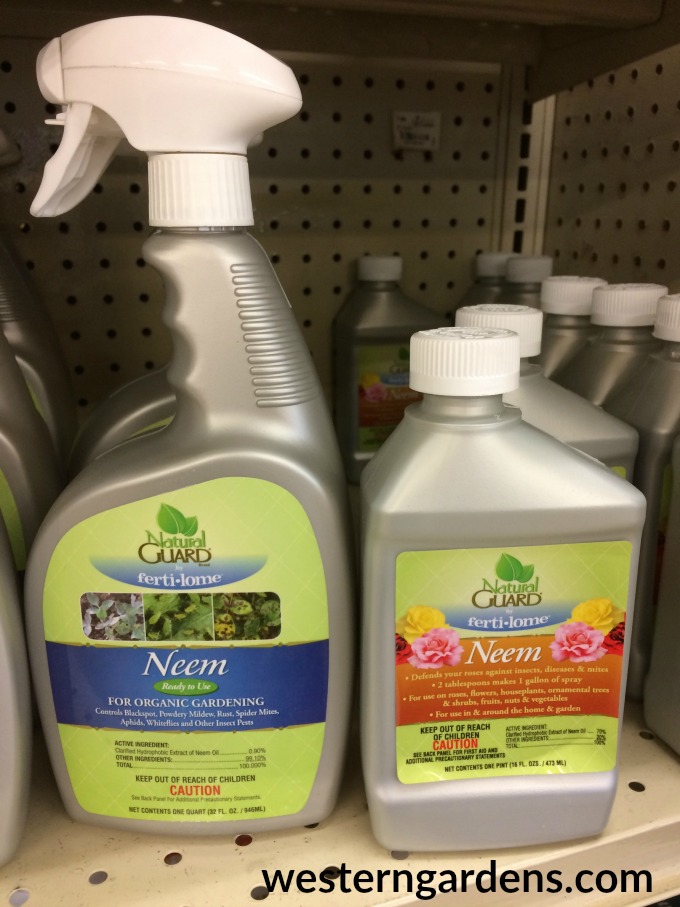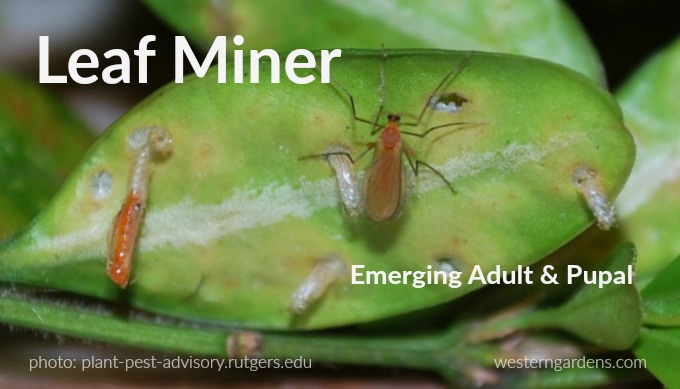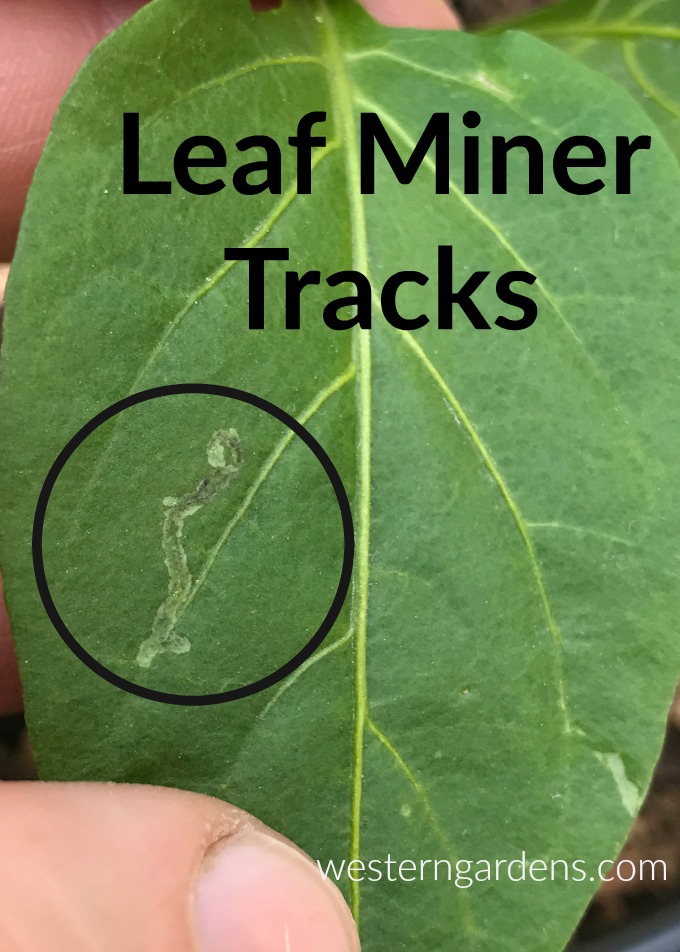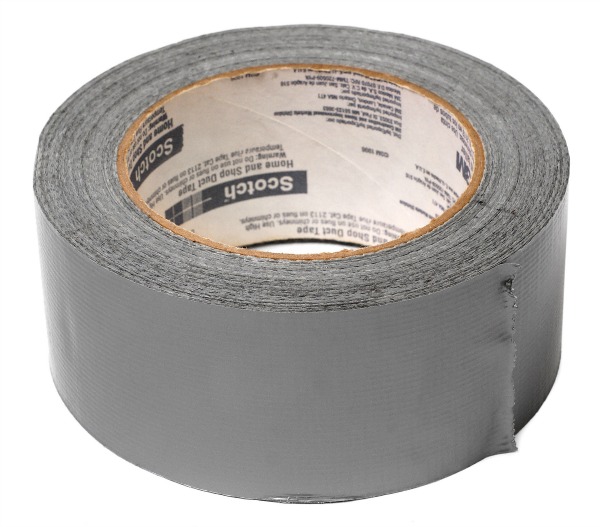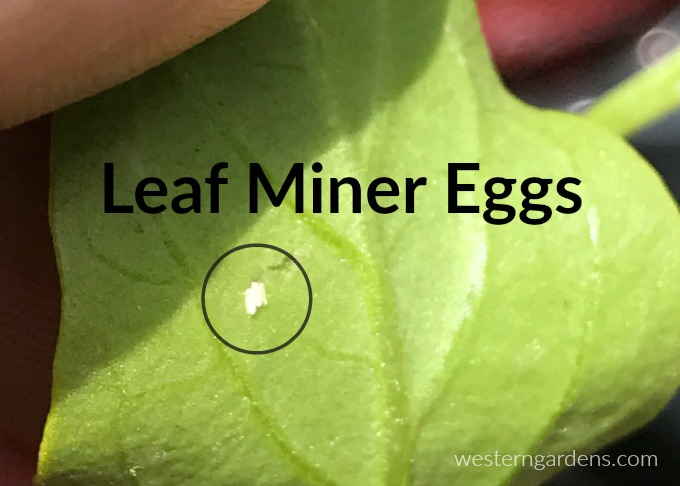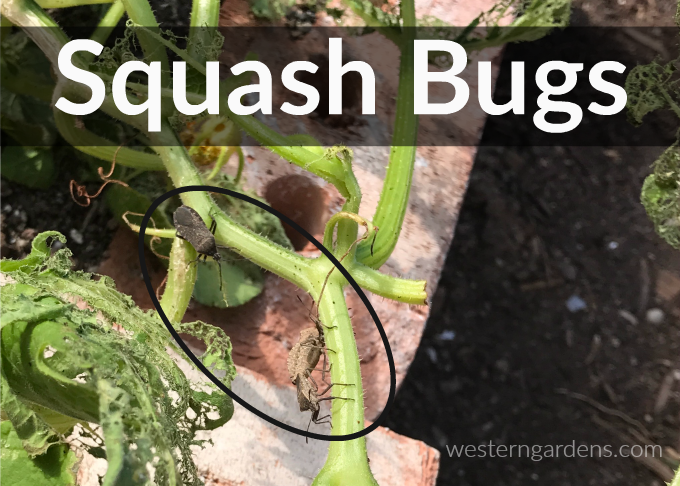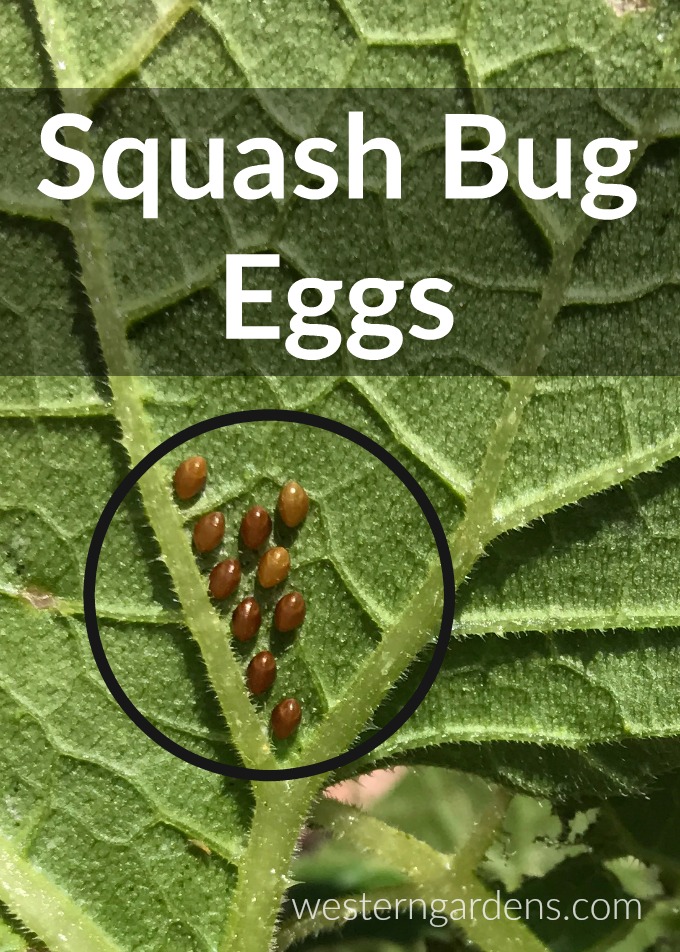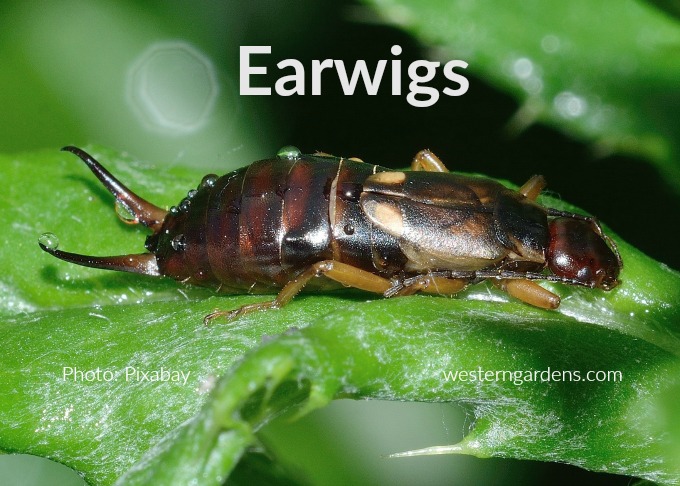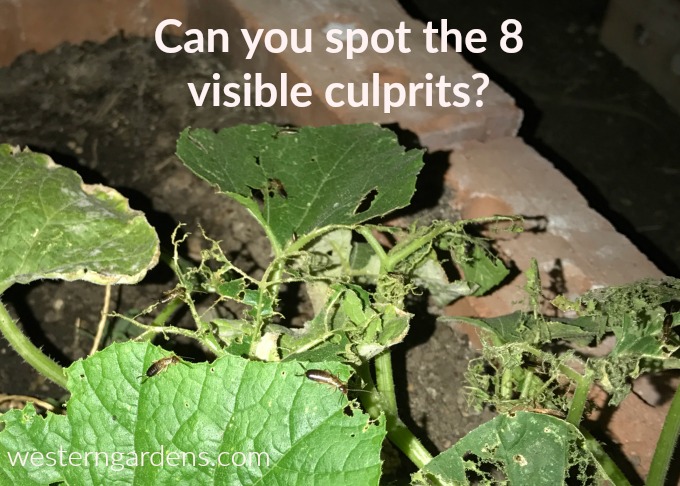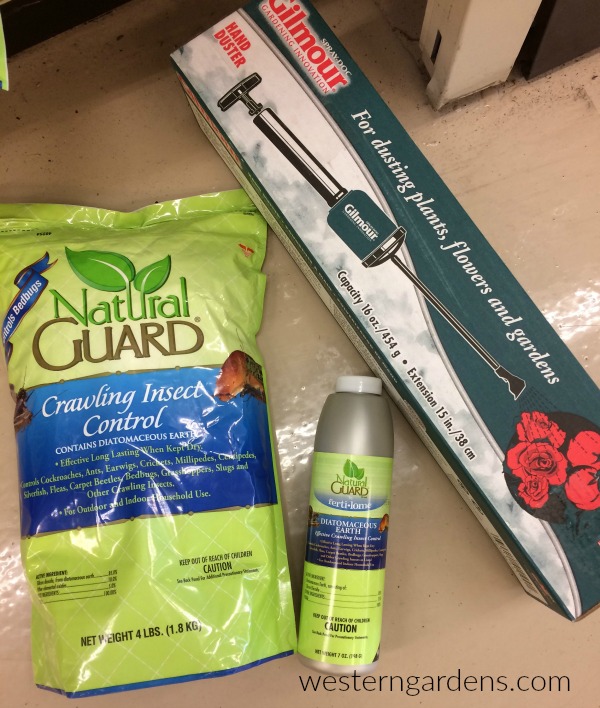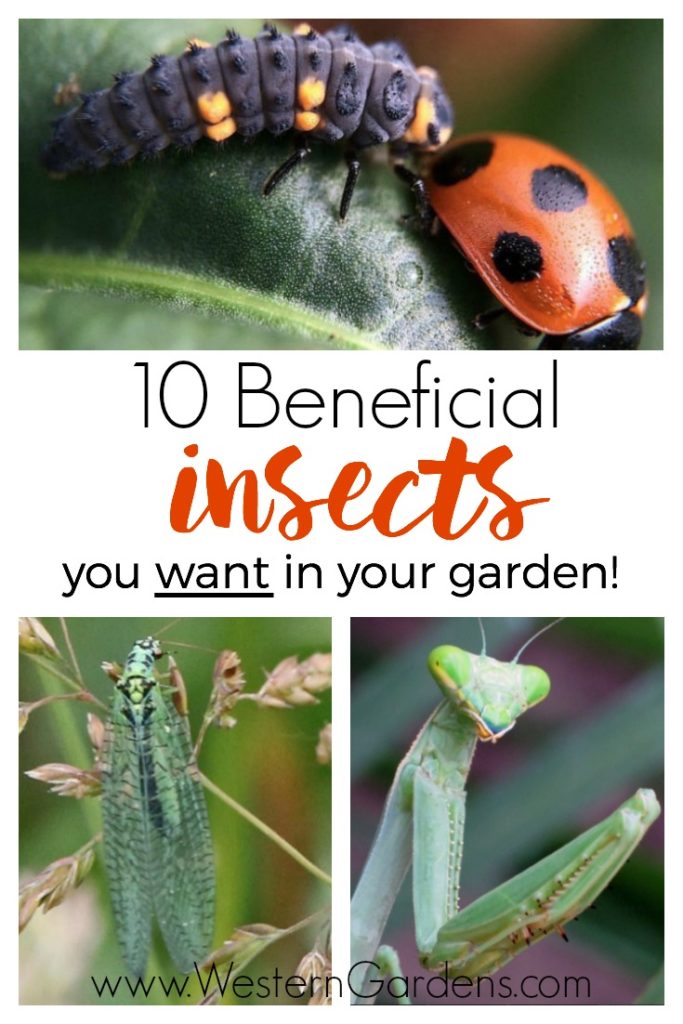Many are asking for better photos of what we have in HARDGOODS – chemicals, organics, tools, etc. Here are some of our most requested items and video walk-throughs of our aisles at the Salt Lake Store. Our West Valley store has the same! Give us a call with your order! We will even load it in your vehicle for you! Thanks for supporting Utah small business!
FUNGICIDES & HERBICIDES
Video – FUNGICIDES – CLICK HERE
Video – HERBICIDES – CLICK HERE (coming soon)
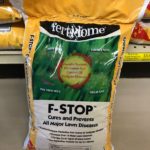
F-Stop is a great one that solves most lawn diseases.
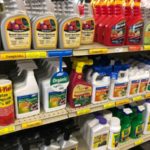
Wide variety of fungicides in liquid, powder, concentrate, and more. Follow label instructions
INSECTICIDES, PEST CONTROLS, & ORGANICS
Video – INSECTICIDES, PEST CONTROLS, ORGANICS – CLICK HERE
Video – How to use the TREE & SHRUB SYSTEMIC INSECT DRENCH – CLICK HERE
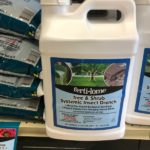
Apply early to mid April in Utah. Drench non-fruit bearing trees and shrubs. Follow directions on label. It works!
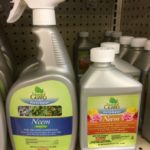
Organic insect controller
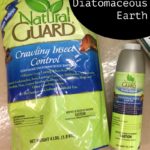
Organic pest control for those critters with soft bodies and joints
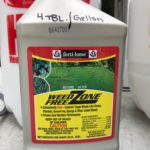
Proven to work in early spring (cool weather). Kills weeds in lawn – spurge, clover, and more. Do NOT spray on any broad leaf plant you want to stay alive. Made only for weeds in lawn application. Follow label instructions!
ANIMAL REPELLENTS
Video – ANIMAL REPELLENTS – CLICK HERE
FERTILIZER PRODUCTS
Video – Fertilizers – Specialized, Organics, Tree Stakes and more – CLICK HERE
Video – Fertilizer Favorite – Gardener’s Special – CLICK HERE
Video – Fertilizer WGC General use & SOIL AMENDMENTS – CLICK HERE
Video – LAWN CARE – Our 4-STEP PROGRAM FERTILIZER – CLICK HERE
Video – LAWN CARE – ORGANIC Fertilizers – CLICK HERE
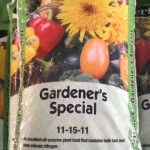
Our manager’s favorite all-purpose fertilizer with micro-nutrients.
BIRD SUPPLIES
Video – BIRD SUPPLIES – CLICK HERE
CONTAINERS – Pots and more (inside store – not including Ceramic Pots outside)
Video – CLAY POTS (small/medium), SEED TRAYS, LABELS – CLICK HERE
Video – PLASTIC POTS, CASTORS for moving heavy pots – CLICK HERE
Video – HANGING baskets, WINDOW boxes, Liners, etc. – CLICK HERE
LAWN CARE / GRASS SEED & STARTING A NEW LAWN
Video – GRASS SEED / STARTING A NEW LAWN OR OVERSEEDING – CLICK HERE
Video – Our Popular 4-STEP PROGRAM for Lawns all season long – CLICK HERE
Video – ORGANIC Fertilizer for LAWN CARE – CLICK HERE
pdf – INSTRUCTIONS – How to Plant a New Lawn from Seed
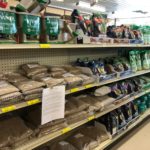
Array of sun and/or shade loving grass seed. April is a perfect time to plant lawn from seed.
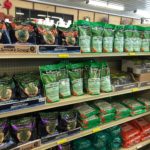
More shade and sun loving grass seed options

Need to just fix a bare spot in your lawn? Here is an easy product to work with!
TOOLS – including GLOVES etc.
Video – TOOLS – CLICK HERE (COMING SOON)
Photos of Favorite Tools – CLICK HERE
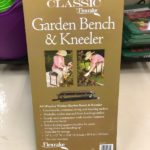
Another best seller! 2 in 1 bench/kneeler.
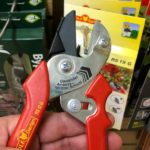
Wolf Garden is a hand pruner that we highly recommend. We gave our mother her very own pair to hide so that others didn’t walk off with hers!
PLANT SUPPORTS
Video – PLANT SUPPORTS – CLICK HERE
POTTING SOILS & ORGANICS, RAISED BEDS, PEAT MOSS – LARGE SIZES
Video – POTTING SOILS, RAISED BEDS, PEAT MOSS – CLICK HERE
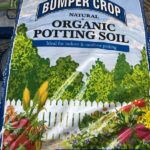
This is a fantastic organic product for planting up your new pots.
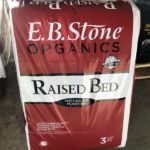
Did you build a new growbox or raised bed? This is the soil you want.
SPECIALIZED POTTING SOILS
Video – SPECIALIZED POTTING SOILS – CLICK HERE
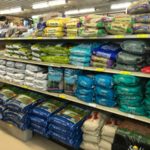
A wide variety of specialized soils for specialized plants in pots.
SOIL AMENDMENTS
Video – SOIL AMENDMENTS – CLICK HERE
Video about our BEST – BUMPER CROP SOIL BUILDER – #1 Product for Utah soils – CLICK HERE
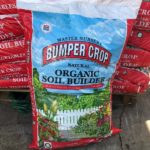
This is our most favorite and most popular product we sell. Find great success with Bumper Crop Soil Builder.
KIDS in the Garden
Video – FAIRY GARDENS – figurines, houses, stones, moss, and more.
We also have an array of children’s tools and toys to help them be part of your garden.
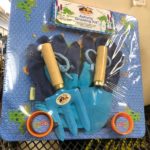
Get your kids involved with their own garden tools. Here is a perfect starter kit. Their little hands can actually help a lot.
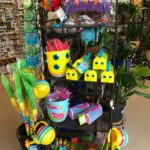
Variety of children tools to teach them the miracle of a garden.
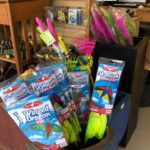
Activities for in the yard or garden
![By Tom Murphy VII (Taken by user user:brighterorange.) [GFDL (http://www.gnu.org/copyleft/fdl.html), CC-BY-SA-3.0 (http://creativecommons.org/licenses/by-sa/3.0/) or CC BY 2.5 (https://creativecommons.org/licenses/by/2.5)], via Wikimedia Commons Boxelder bug on green leaf. CC-BY-SA-3.0 (http://creativecommons.org/licenses/by-sa/3.0/) or CC BY 2.5 (https://creativecommons.org/licenses/by/2.5)]](https://westerngardens.com/wp-content/uploads/BoxElder-Bug-Way-to-Control-4-2018-FB-1024x576.jpg)
